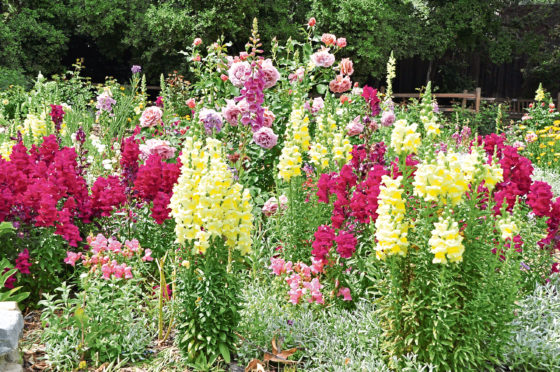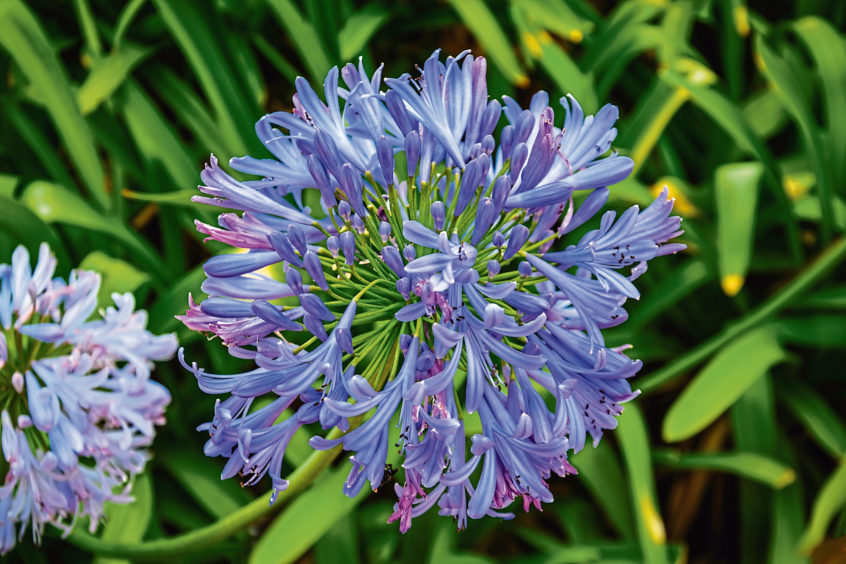
Our new raised beds, made from scrap wood, are finished. Now all that remains is for them to be painted and put in place and we’ll have more space to grow vegetables.
Raised beds aren’t just good for food, they are also a useful solution to growing flowers too if you’ve got poor soil or if mobility problems makes it hard for you to bend. They bring the growing surface up to a more convenient height and you don’t even need to dig them, just top them up in winter with a layer of organic material and they’ll continue to be productive without the need to lift a spade.
Placed over a protective membrane, they have proved to be the solution for some community groups growing on contaminated ground, and depending on your choice of paint you can make them look rustic or chic to fit in with your style of garden.
My initial idea was to paint ours black, but some dark brown wood stain has turned up in the garage so that’s what I’ll be using for now.
If I can get all this sorted out quickly, then I might even fill some of the space with fast-growing annual flowers including Californian poppies and snapdragons, which both need the free-draining soil that we otherwise can’t provide. I love the lush results that you can only get when gardening in damp conditions, but I’ve missed the sugar rush provided by annuals so it’s great to have space where these will flourish.
And everything is flourishing at the moment, including the giant hostas which, despite heavy rain, are showing few signs of slug damage. Our slug population is much lower than it should be, given the wet conditions, and that’s because we have so many birds, but I also think that the hosta leaves are too big and tough to be tasty. I’ve also grow smaller hostas with foliage that’s almost blue and these too are almost perfect, so I suspect that these are equally as unappetising.
Slugs don’t seem to like astrantias either, which is good because I grow lots of them in both white and pink.
These are tough and reliable flowers that provide a delicate froth throughout the garden for months on end. Left alone they’ll gradually increase in size but you can move the process along by dividing them at the end of the growing season. The giant perennial agapanthuses are only just recovering now from being divided two years ago. Last year, while still sulking, they produced only a handful of blooms, but this year they’ve developed got a good number of flower stems and I’m eager to see what colours I get. They should all be white, but the shock of being divided caused one of the plants to revert to blue…

Enjoy the convenience of having The Sunday Post delivered as a digital ePaper straight to your smartphone, tablet or computer.
Subscribe for only £5.49 a month and enjoy all the benefits of the printed paper as a digital replica.
Subscribe © Shutterstock
© Shutterstock